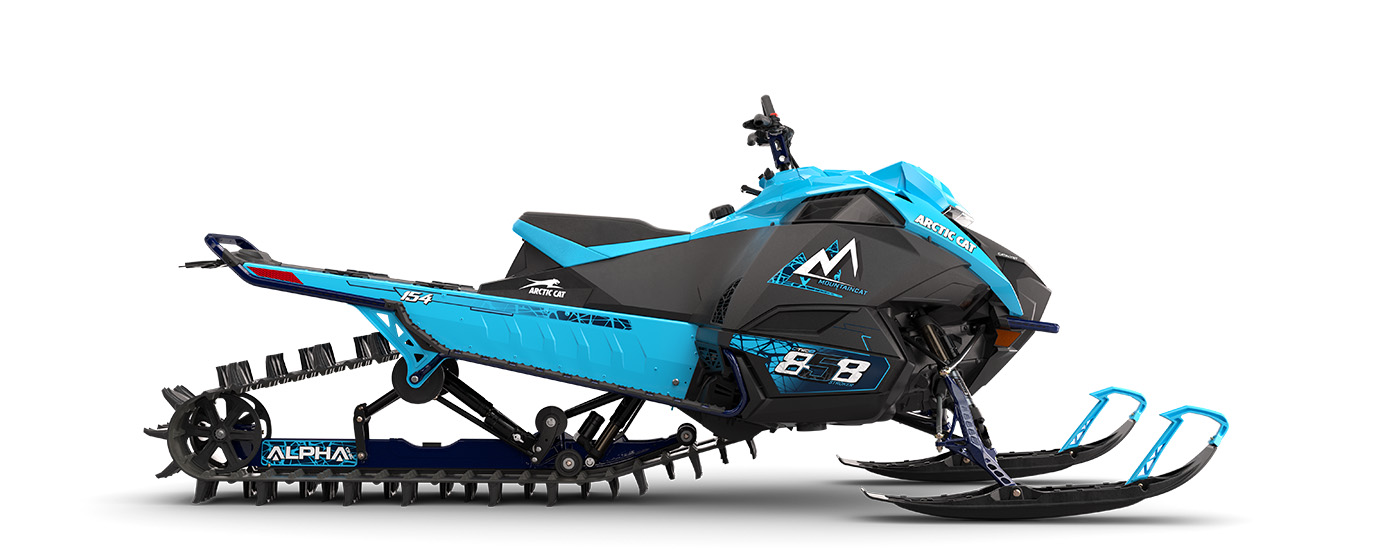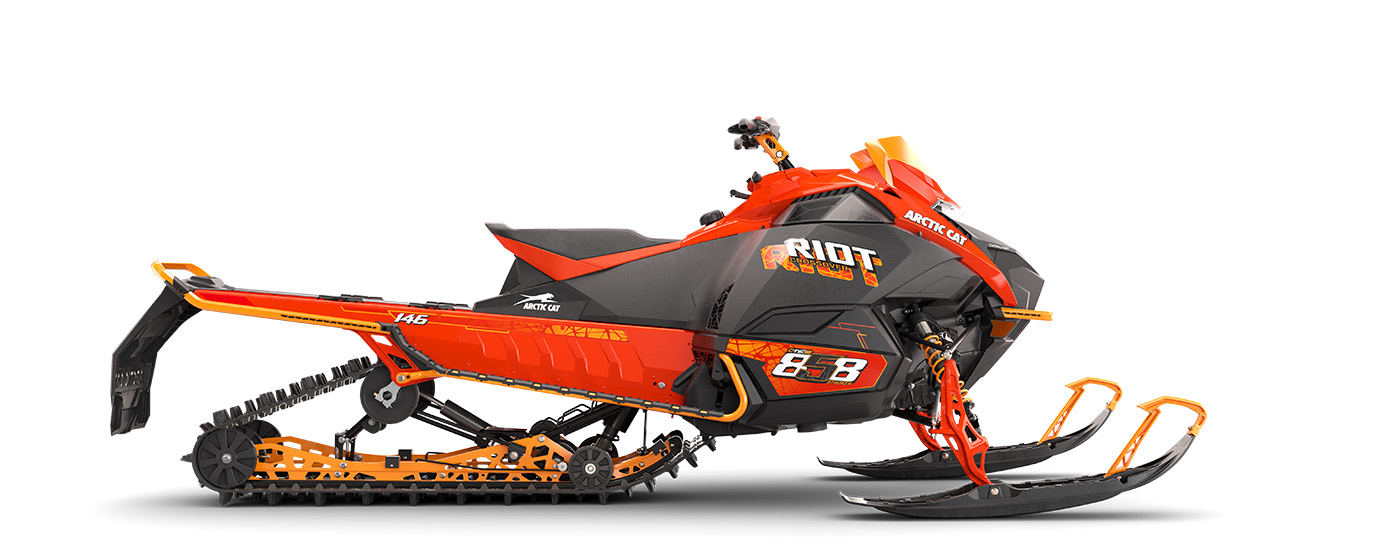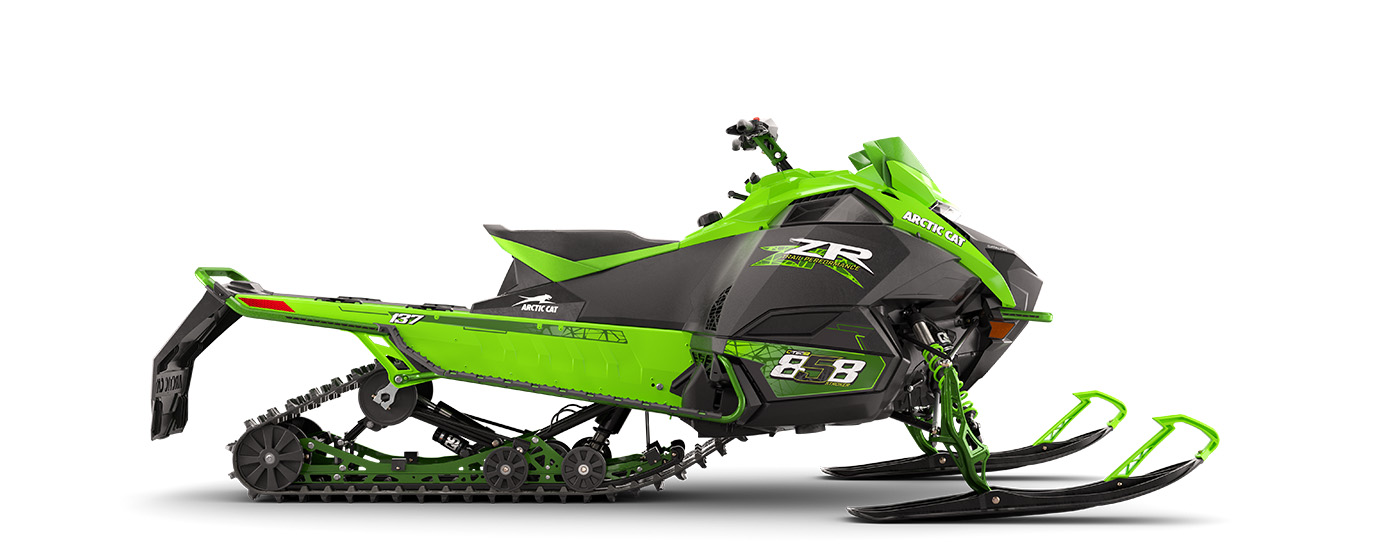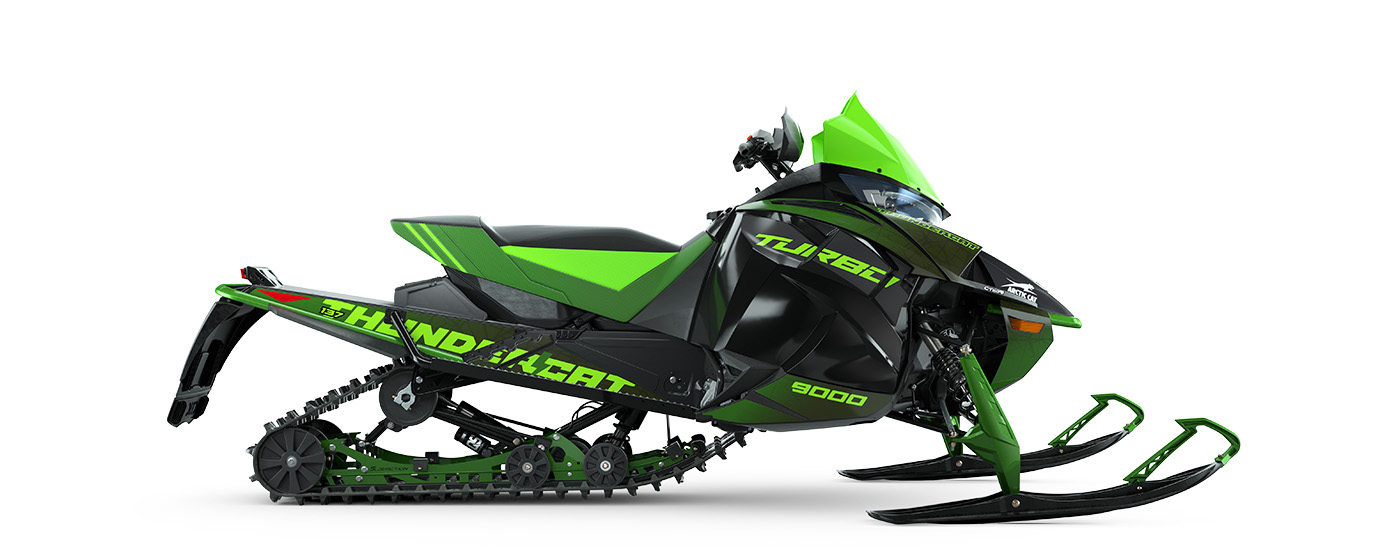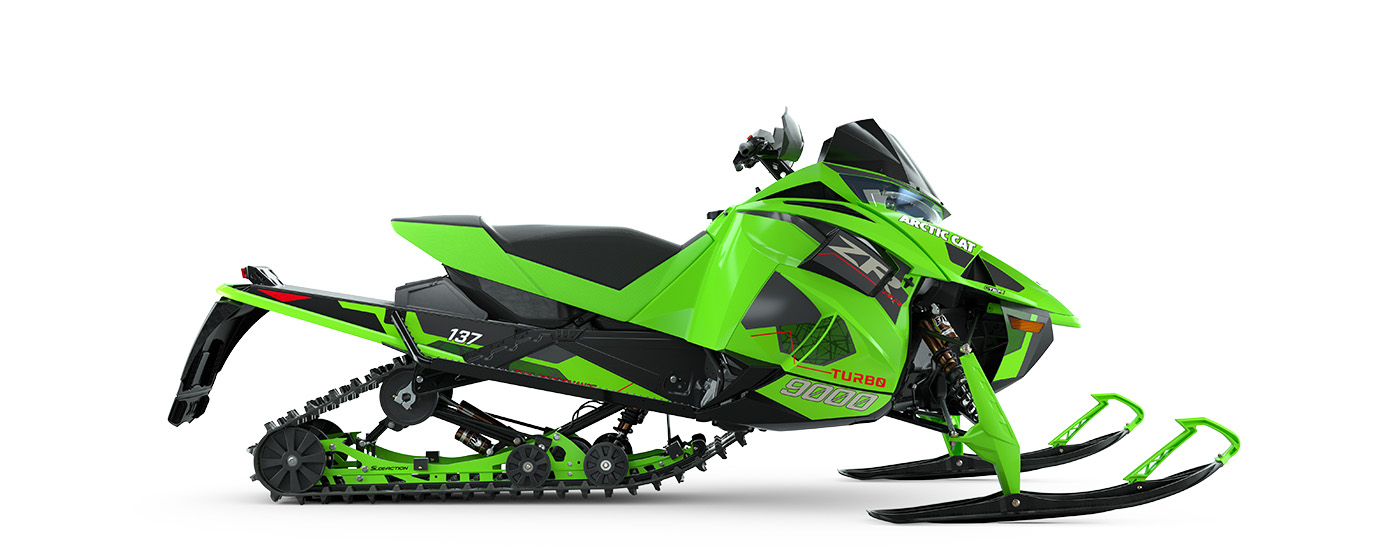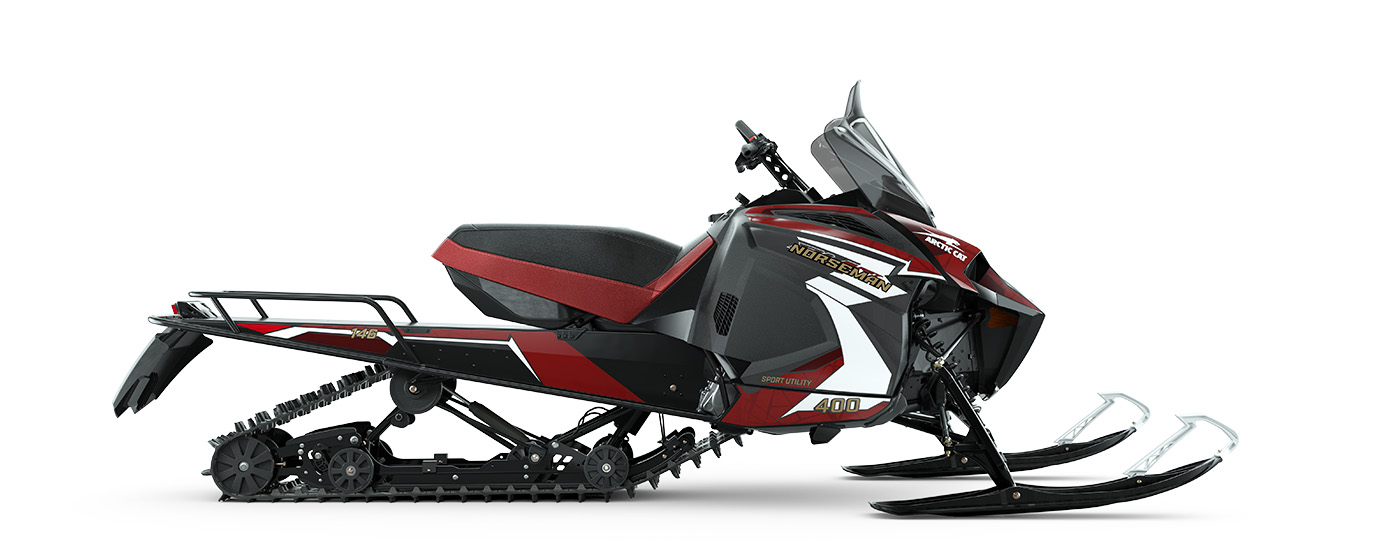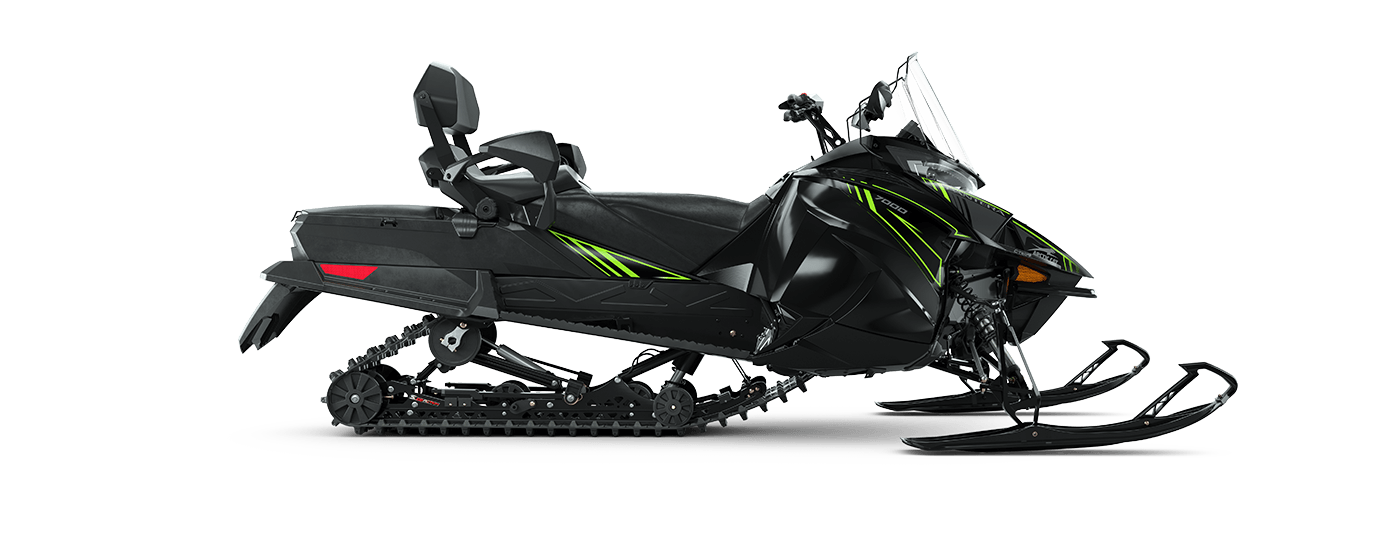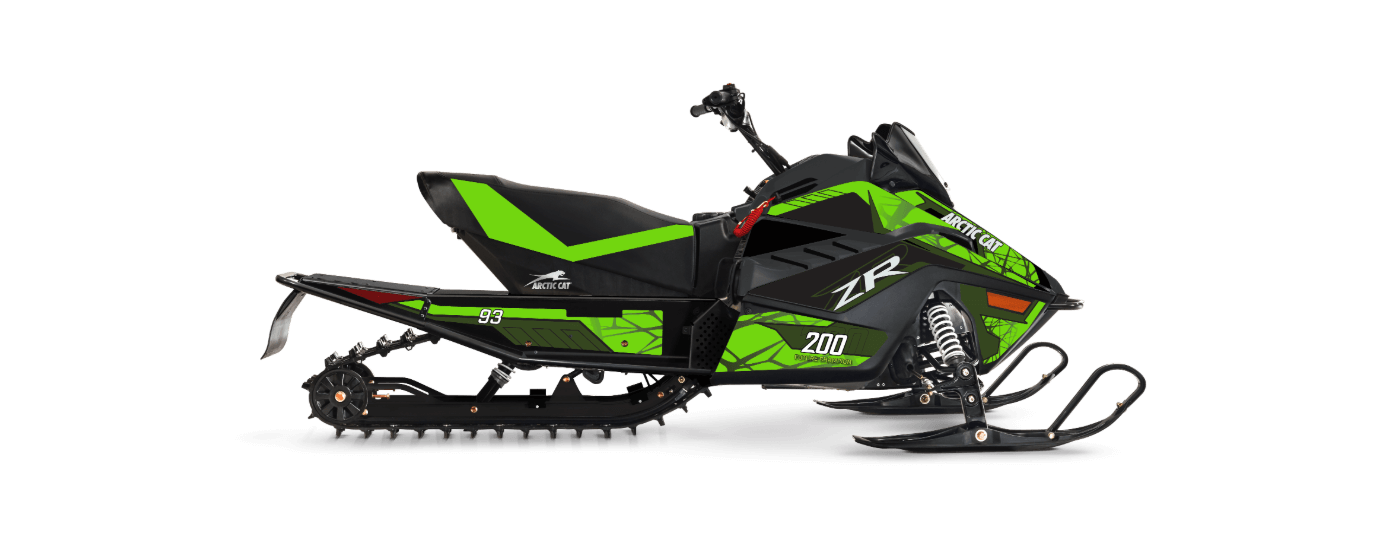Snow Safety
Whether you’re conquering the backcountry or taking in the scenery on a trail, Arctic Cat® endorses and encourages safe use of all vehicles. Wherever you’re riding, you should be prepared to ride safely.
Safe Riders! Pledge
- I will never drink and ride a snowmobile.
- I will drive within the limits of my machine and my own abilities.
- I will obey the rules and laws of the state or province I am visiting.
- I will be careful when crossing roads, and always cross at a right angle to traffic.
- I will keep my machine in top shape and follow a pre-op check before each ride.
- I will wear appropriate clothing, including gloves, boots and a helmet with a visor.
- I will let family or friends know my planned route, my destination and my expected arrival time.
- I will treat the outdoors with respect. I will not litter or damage trees or other vegetation.
- I will respect other peoples’ property and rights and lend a hand when I see someone in need.
- I will not snowmobile where prohibited.
Snowmobile Safety Resources
The Safe Riders! Snowmobile Safety Awareness Program offers a free, online course to prepare you to operate your snowmobile. Course sections include ride preparation, key parts of your snowmobile, riding tips, emergency situations, and dangers to avoid. Throughout the course, you’ll access videos, readings on important topics, and knowledge checks. Then, take The Safe Riders! test.
Test Your Snowmobiling Skills with The Safe Riders! Test
The Safe Riders! You Make Snowmobiling Safe instructional videos can also be accessed here. In the instructional videos, you'll learn about the snowmobiling lifestyle, basics of snowmobile operation, trail etiquette, prepardness, trailering your snowmobile and more!
To find snowmobile safety training and education resources in your area, visit https://www.snowmobileinfo.org/
Additionally, you can get more snowmobiling safety information at the following sources:
Know Your Sled
The first step to a safe ride is reading your snowmobile’s operator manual and safety labels before use.
Maintain Your Sled
You have two excellent resources for maintaining your sled – the owner’s manual that came with the machine and your Arctic Cat dealer. Keeping your snowmobile in good condition is critical to a safe ride.
Safety Equipment
Every rider should have the following equipment on every ride:
- Warm and protective base layers
- Wind and waterproof outer layers
- Gloves
- Chest protection
- Helmet
- Goggles
- First Aid Kit
Planning for the Conditions
You should always have a plan for your ride based on the weather and snow conditions, your route and your equipment’s capabilities. It’s also important to know your own abilities and don’t push beyond them – remember to leave the fancy riding to the pros; they’ve practiced for years and train very hard to make it look easy.
You should also account for your crew and never snowmobile alone. Riding with family and friends is not only safer – it’s more fun too!
Keep in mind that local regulations and requirements differ across states and provinces. Make sure you’re familiar with the rules wherever you’re riding.
Crossings
Make sure that you’re crossing any roads safely. Come to a full stop and ensure that no traffic is approaching from any direction before crossing at a right angle to traffic.
Hand Signals

Stop

Left-Hand Turn
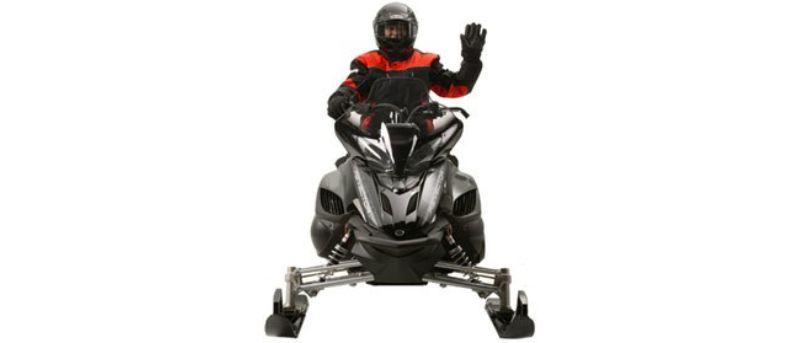
Right-Hand Turn

Oncoming Sleds
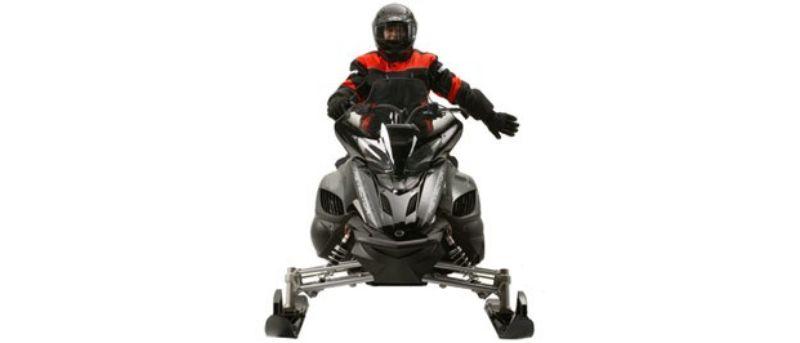
Slowing
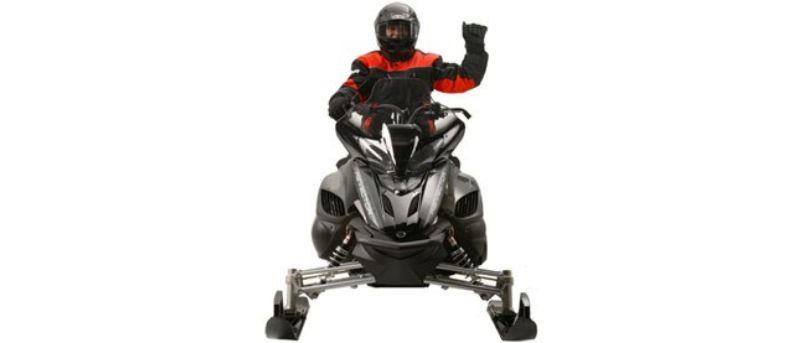
Last Sled In Line
Backcountry Safety
Sleds today can take you and your crew into the deepest reaches of the mountain, delivering an experience like no other. With that freedom comes the responsibility to manage the safety of your entire group.
Avalanches pose a specific risk to mountain riders. Everyone in your group needs to have avalanche safety gear, including a beacon, probe and shovel. These are nonnegotiable – all three are critical to your safety in the backcountry.
In many cases, the routes we follow to get to our favorite zones pass through avalanche terrain. The powder fields and tree lines are often surrounded by overhanging avalanche danger, too. Having the proper gear is critical, but so is having the training and education to recognize avalanche terrain and manage your routes through the mountains.
On average, 27 people are killed by avalanches in North America each year with 10 or more of those deaths on a snowmobile or snow bike (CAIC stats page). That’s why Arctic Cat has partnered with the American Institute for Avalanche Research and Education (AIARE) to share the message that avalanche safety is a top priority and that everyone should be educated before riding in the mountains.

Zones
Match your outing/ride/play zone to the abilities and experience of the group.

Snow Conditions
Figure out where there’s unstable snow.

Gear
Make sure you carry the proper gear with you.

Training
Explore the training options available through AIARE to ensure you are riding safe.
Get Involved
Snowmobile clubs, groups, and associations are critical to the snowmobiling industry. These groups can help you find additional training resources in your area and are the experts in local laws and trail closures. To find your local state or provincial association, visit GoSnowmobiling.org.

